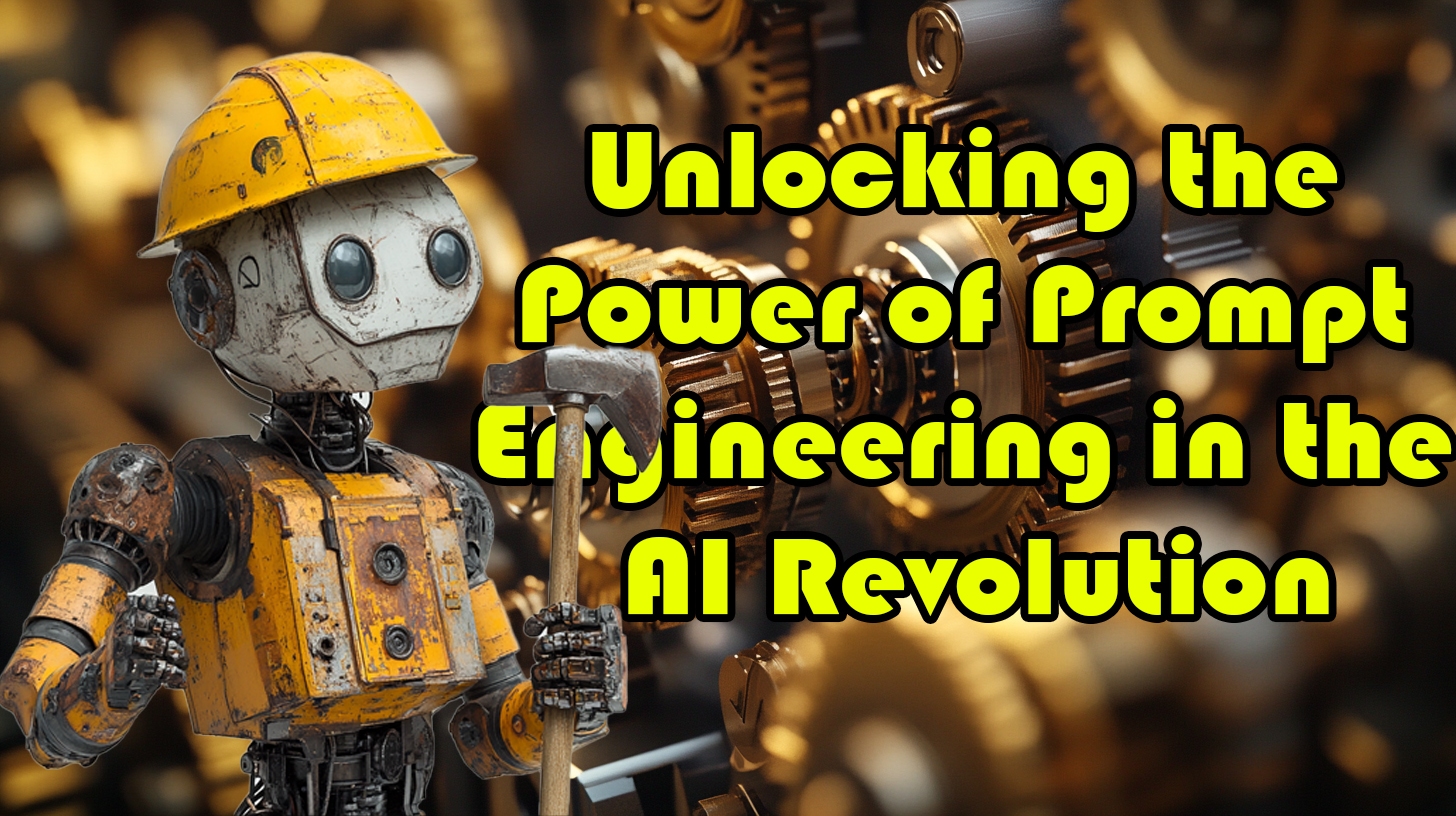The way we interact with technology is undergoing a major transformation, and at the forefront of this change is artificial intelligence (AI). From smart assistants like Siri and Alexa to AI-driven content generators, machines are evolving to think, learn, and communicate more like humans. One of the most exciting and emerging areas of AI development is prompt engineering. This concept is gaining traction for its role in optimizing human-AI interactions and ensuring machines can deliver relevant, context-aware responses.
At Quantum Stream AI, we recognize that prompt engineering is essential for businesses and individuals alike who want to leverage AI technologies effectively. As AI becomes increasingly central to operations across industries, mastering this subtle art is more crucial than ever.
What Is Prompt Engineering?
At its core, prompt engineering is the practice of crafting specific instructions or questions to guide AI models, particularly Large Language Models (LLMs), to deliver desired outputs. Whether you’re asking an AI to generate text, answer a question, or perform a task, the quality and clarity of your prompt directly influence the accuracy and relevance of the response.
Imagine you’re having a conversation with an AI. You provide it with a cue or “prompt,” and in return, it generates an answer based on your input. Crafting the right prompt is akin to steering the AI in the right direction, much like a well-phrased question can shape a child’s thought process.
The Technical Foundations of Prompt Engineering
While prompt engineering may sound intuitive, it is deeply rooted in technical AI concepts. Here’s a breakdown of how it works behind the scenes:
- Model Architectures: AI models like GPT (Generative Pre-trained Transformer) and Google’s PaLM2 are built on transformer architectures, which allow them to handle vast amounts of data and understand context through self-attention mechanisms.
- Training Data and Tokenization: LLMs process inputs by breaking them down into smaller chunks, called tokens. The way an input is tokenized influences how an AI interprets a prompt, making the exact wording of prompts a critical factor.
- Model Parameters: AI models are fine-tuned with millions or even billions of parameters, which determine their responses. Understanding how these parameters interact with your prompts helps in crafting effective questions or instructions.
- Temperature and Sampling: These settings control the diversity and randomness of an AI’s output. For example, a higher temperature setting might result in more creative (but less predictable) responses, which prompt engineers often adjust depending on the context.
Why Does Prompt Engineering Matter?
As AI becomes ubiquitous—from customer service chatbots to AI-driven marketing solutions—the ability to craft precise prompts is key to unlocking the full potential of these technologies. At Quantum Stream AI, we focus on helping businesses and professionals harness the power of prompt engineering to enhance productivity and deliver cutting-edge solutions.
Prompt engineering bridges the gap between what you need and how AI delivers that information. It’s about making sure the AI understands your intent, not just the literal words in your prompt. For businesses looking to improve customer service, generate content, or automate processes, understanding this discipline is essential for achieving better outcomes.
The Evolution of Prompt Engineering
Prompt engineering is a relatively new field, but it is built on the foundations of Natural Language Processing (NLP), a branch of AI that deals with the interaction between computers and humans through language. Initially, NLP relied on rigid, rule-based systems that struggled to handle the complexity of human communication. The development of transformer models, like GPT, revolutionized this space, allowing AI to better understand context, nuance, and longer-form text.
The evolution of prompt engineering has transformed how we use AI. Whether it’s for creating content, solving complex problems, or even generating code, prompt engineers help make these tools more accessible and user-friendly.

Key Techniques for Effective Prompt Engineering
Crafting a perfect prompt is both an art and a science. While AI models have become increasingly sophisticated, the quality of their output still depends on how well the input is structured. Here are some core techniques that Quantum Stream AI uses to refine prompts:
Role-playing: By asking an AI to assume a specific role—such as a historian or an economist—you can guide its response to fit your needs more closely.
Iterative Refinement: Start with a broad prompt and fine-tune it based on the AI’s responses, refining the prompt until the output aligns with your goals.
Feedback Loops: Continuously improve your prompts by analyzing AI outputs and adjusting your input accordingly, ensuring the AI remains aligned with your objectives.
These techniques allow businesses to create more effective AI interactions, leading to more accurate insights, better customer experiences, and enhanced productivity.
Latest Developments in Prompt Engineering
As AI continues to evolve, so does the field of prompt engineering. Recent innovations have made it easier than ever to interact with AI models in a more natural and intuitive way. Here are some key advancements shaping the future of prompt engineering:
Enhanced Contextual Understanding: Newer AI models, like GPT-4, have improved their ability to understand and retain context over longer interactions, resulting in more coherent and accurate outputs.
Multimodal Prompting: The integration of text, images, and even audio into prompts is opening up new possibilities for interactive AI applications, making them more versatile and comprehensive.
Real-Time Prompt Optimization: Some models now provide instant feedback on the effectiveness of a prompt, allowing users to refine their inputs for better results.
At Quantum Stream AI, we are at the forefront of these innovations, helping clients stay ahead of the curve by applying cutting-edge AI solutions to their businesses.
The Future of Prompt Engineering
As AI models continue to advance, the importance of prompt engineering will only grow. The ability to communicate effectively with AI will be a valuable skill for businesses across industries. From automating workflows to enhancing customer engagement, mastering prompt engineering will unlock new levels of efficiency and innovation.
At Quantum Stream AI, we’re committed to guiding businesses through this exciting transformation. Whether you’re looking to improve internal operations or create innovative AI-driven products, prompt engineering is a crucial part of the journey.
Final Thoughts
Prompt engineering represents a new frontier in human-AI interaction. As the tools we use become more powerful, the ability to communicate effectively with AI will be essential for success. By understanding the nuances of prompt engineering, businesses can unlock the full potential of AI models and deliver more effective, intelligent solutions.
Quantum Stream AI is dedicated to helping businesses embrace the future of AI. Through tailored strategies and expert guidance, we ensure that you’re not just keeping up with technological advancements, but leading the charge.
Are you ready to explore how prompt engineering can transform your business? Let’s dive in together!




